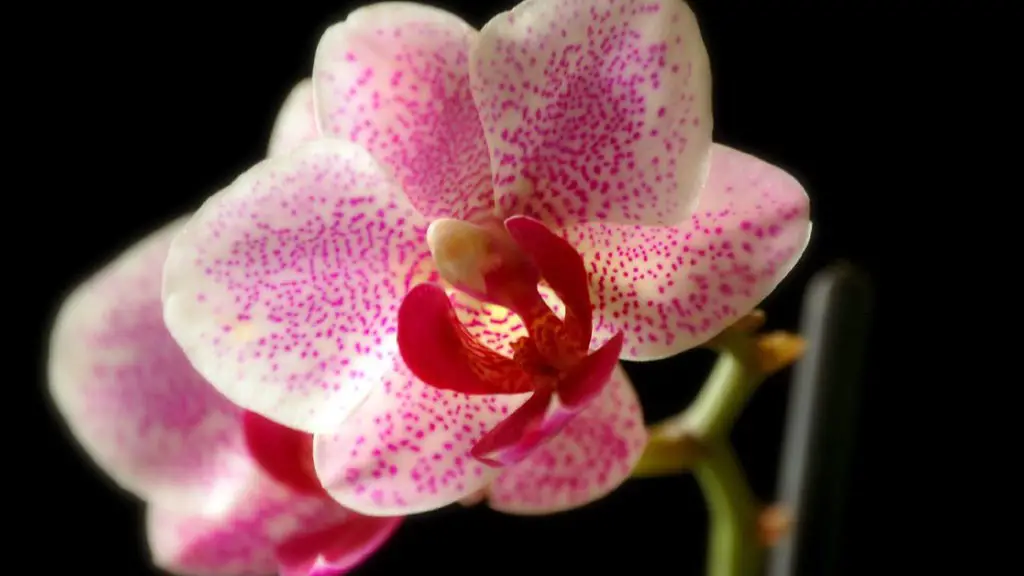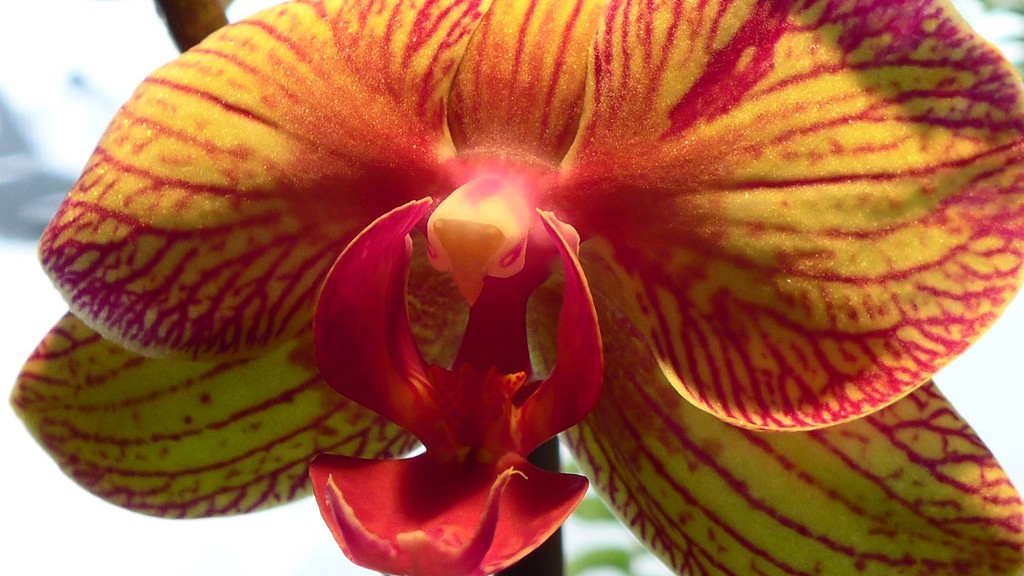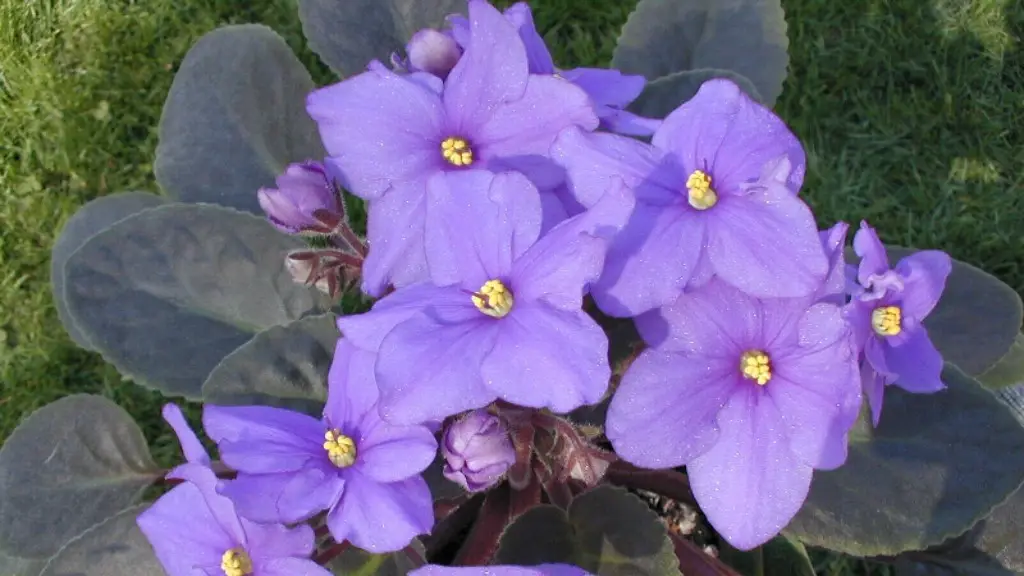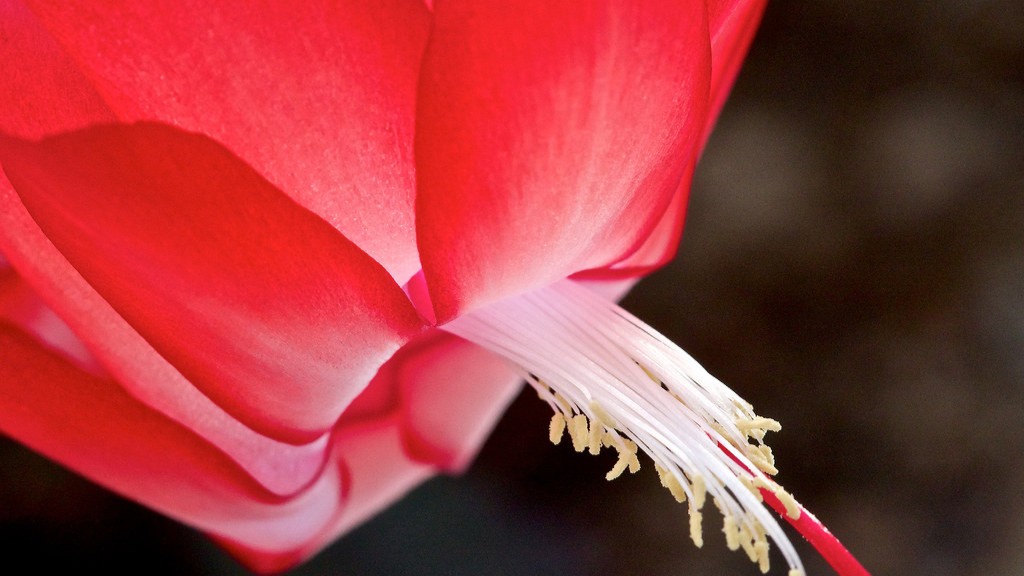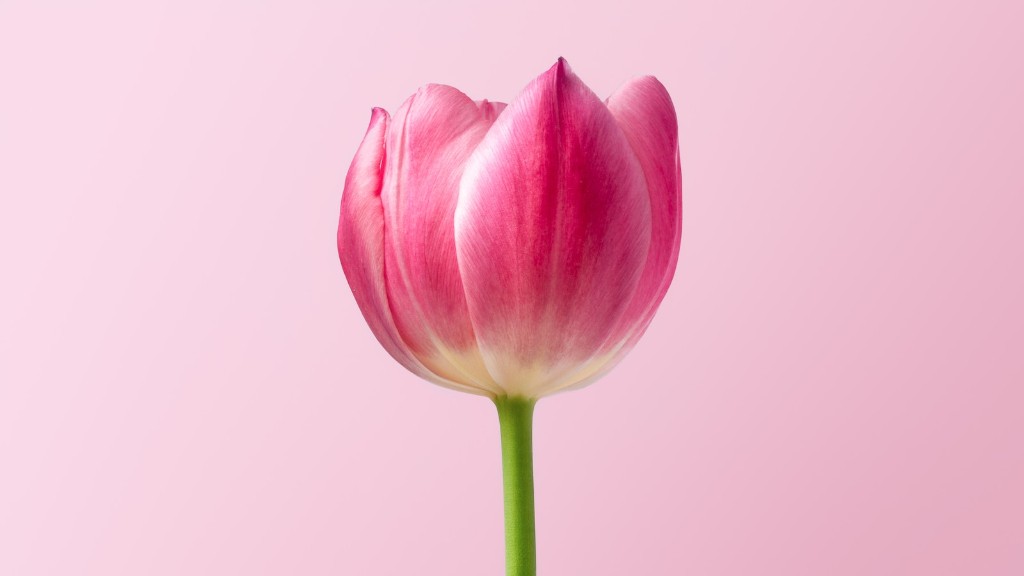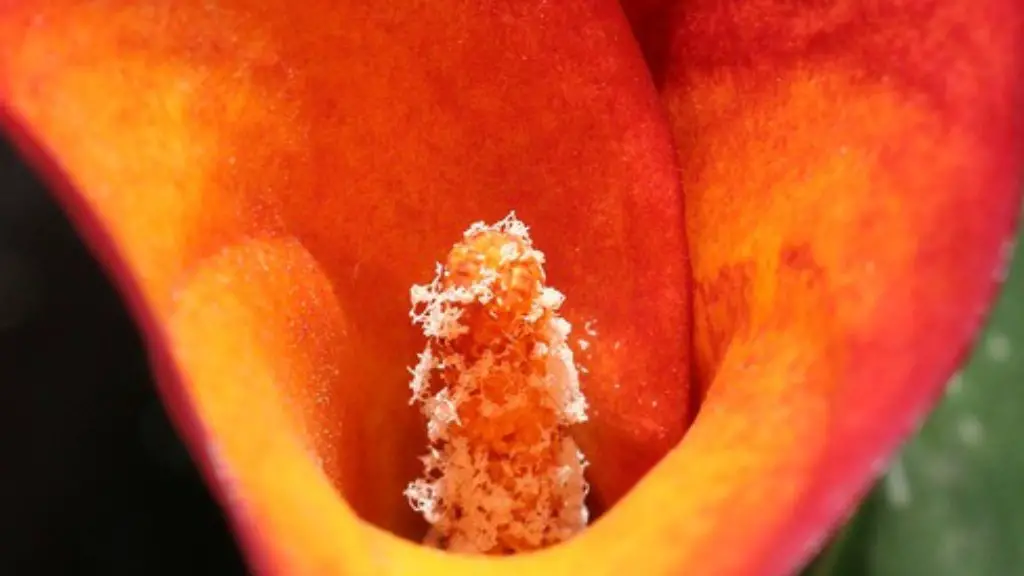Orchids are a beautiful and popular plant, but they can be difficult to care for. One way to make caring for your orchid easier is to attach it to a tree. This way, you won’t have to worry about watering it as often and it will get the sunlight it needs. Here are some tips on how to attach a phalaenopsis orchid to a tree:
The best way to attach a phalaenopsis orchid to a tree is to use a moss pole. First, soak the moss pole in water for a few hours. Next, tie the orchid onto the moss pole using some wire or string. Be sure to leave enough room for the roots to grow. Finally, secure the moss pole to the tree using some wire or string.
What is the best way to attach an orchid to a tree?
Orchids are a beautiful and popular choice for houseplants, but they can be a bit tricky to care for. One way to make sure your orchid gets the care it needs is to use soaked, long-form coconut coir or sphagnum moss to cover the roots like a cup on one side. This will help to hold moisture in and protect the roots from drying out. To do this, simply soak the coir or moss in water for a few minutes, then drain before covering the roots. You can then use twine and a pair of helping hands to tie the orchid at the root area to the tree. Try arranging the roots to encircle the tree trunk where possible before tying off. With this simple step, you can help your orchid to thrive and enjoy its beautiful blooms for years to come.
It is important to add moss to the bottom of orchid roots in order to help the plant retain moisture. Be sure to dampen the moss before adding it to the roots. You can also use twine to tie the orchid and moss in place until the roots have a chance to wrap around the tree. Finally, don’t forget to spray the roots with fertilizer to help them grow.
Can all orchids be attached to trees
Orchids are beautiful flowers that are often seen in tropical forests. They are epiphytes, meaning that they attach to trees but don’t actually penetrate the bark. The best trees for orchids are those with bark that has good texture and is “groovy.” This gives the seed a place to nestle and be protected while it germinates and grows.
Mounting orchids is a great way to display these beautiful plants, and there are a few things to keep in mind to ensure success. The best orchids for mounting are those that grow on top of other plants like tree surfaces. The best species for mounting are Brassavolas, Vandas, Angraecums, Cattleyas, Tolumnias, and Phalaenopsis. The key to success with these orchids is providing the same conditions as their natural habitats. This means bright light, high humidity, and good air circulation. With a little bit of care, your mounted orchids will thrive and provide you with years of enjoyment.
How do you attach an orchid to a tree with pantyhose?
Now we go these are ready what I did was I went ahead and tied the pantyhose on the end right there. More
Cork is a classic mount for orchids, as it is available in plaques of varying sizes. Some orchids, particularly those with thin roots such as Oncidium, are fond of tree fern mounts, and their roots can be seen growing all the way through them.
Do you cut above or below the node on an orchid?
When it comes to taking care of orchids, it’s important to know which spikes to trim and how to properly trim them. Healthy, green spikes should be trimmed 1 inch above the node, or bump, on the orchid spike. Unhealthy, brown spikes, on the other hand, should be cut all the way back to the base of the plant. Double-spike orchids should have one spike trimmed at the base of the plant.
The orchid needs to be able to attach to the tree in order to receive the nutrients it needs. The ties need to be checked periodically to make sure they are not rotting away. They may need to be loosened if the tree trunk widens.
Can orchids be mounted on pine trees
It is important to note that for an orchid plant, a tree limb is its natural habitat. This means that a pot or basket is not the ideal environment for the plant. Even hybrids usually take well to being attached directly to bark. Almost any tree is suitable, with the exception of pine trees and ficus trees (which are too dark).
This is a method for training plants. By clipping the wire to the side of the pot, you can support the plant’s stem as it grows. This will help the plant to grow straight and avoid falling over.
What happens if you dont stake orchids?
One problem that might happen if you don’t stake your orchid is that the orchid may have flower spikes and blooms that grow sideways. While this isn’t the most attractive look for orchids, flower spikes growing sideways doesn’t harm the orchid directly. However, if the flower spikes are left to grow unchecked, they may eventually start to crowd out the leaves, which could lead to problems for the plant down the road. In order to avoid this, it’s important to stake your orchid and keep the flower spikes under control.
Hardwood is the best type of wood for mounting orchids because it is dense and will not break down quickly. Make sure the wood you choose doesn’t have resin and isn’t too smooth. A few good choices are oak, hickory, pecan, redwood, and citrus.
What should you not do with an orchid
Watering: Orchids like to be kept moist, but not wet. The best way to water them is to mist them daily or to water them with a small watering can.
Fertilizing: Orchids need to be fertilized every two weeks during the growing season. Use a fertilizer that is high in phosphorus.
Pruning: Orchids should be pruned after they bloom. Cut off the spent flower stalk and any dead leaves.
Repotting: Orchids should be repotted every two to three years. Use a pot that is only slightly larger than the current one.
Lighting: Orchids need bright, indirect light.
Orchids are a bit like Goldilocks – they like things “just right.” This means that while they love being a little crowded in their pots, every year or two it’s time to re-pot. Just as an orchid won’t perform at its best if its pot is overcrowded, a too-large pot will also inhibit flowering. So when you re-pot your orchid, make sure you choose a pot that is only slightly larger than the one it is currently in. This will give it the perfect amount of space to continue thriving.
Do orchids like big pots or small pots?
Most orchids require a 4, 5 or 6 inch pot. There are seedlings and miniatures that require smaller pots, older specimen plants and some genera (Cymbidium, Phaius, large Cattleya) that often require 8 inch pots or bigger. However, the majority of orchids sold in groceries, box stores, florists, etc. are not these.
Plastic pots are the most popular type of pot for Phalaenopsis orchids because they are cheap, light, and available in multiple sizes and colors. Many people prefer plastic over clay pots because they offer better water retention.
What glue to use for mounting orchids
E6000 glue is compatible with most surfaces, and provides a strong, long-lasting hold. It is also safe for use on air plants, orchids, bromeliad, and other house plants. A small dab of glue on the base of the plant or underside of the leaves or roots with about 10 to 15 minutes of dry time is all you need to secure your air plant into place.
Option number one is to place a stake very very close to its stem or axis. And then again use a tie wire around the stake and the stem of the tree.
Conclusion
Phalaenopsis orchids can be attached to trees in a variety of ways. The most common method is to use fishing line or thin gauge wire to secure the plant to the tree. The orchid can be attached directly to the trunk or to a branch. It is important to make sure that the attachment is secure, but not so tight that it damages the tree or the orchid.
When it comes to attaching a Phalaenopsis orchid to a tree, the most important thing is to make sure that the tree is strong enough to support the plant. You’ll also want to choose a spot on the tree that gets plenty of sunlight. Once you’ve found the perfect spot, you can simply tie the plant to the tree with some soft string or twine. With a little care and patience, your orchid will soon be thriving in its new home!
